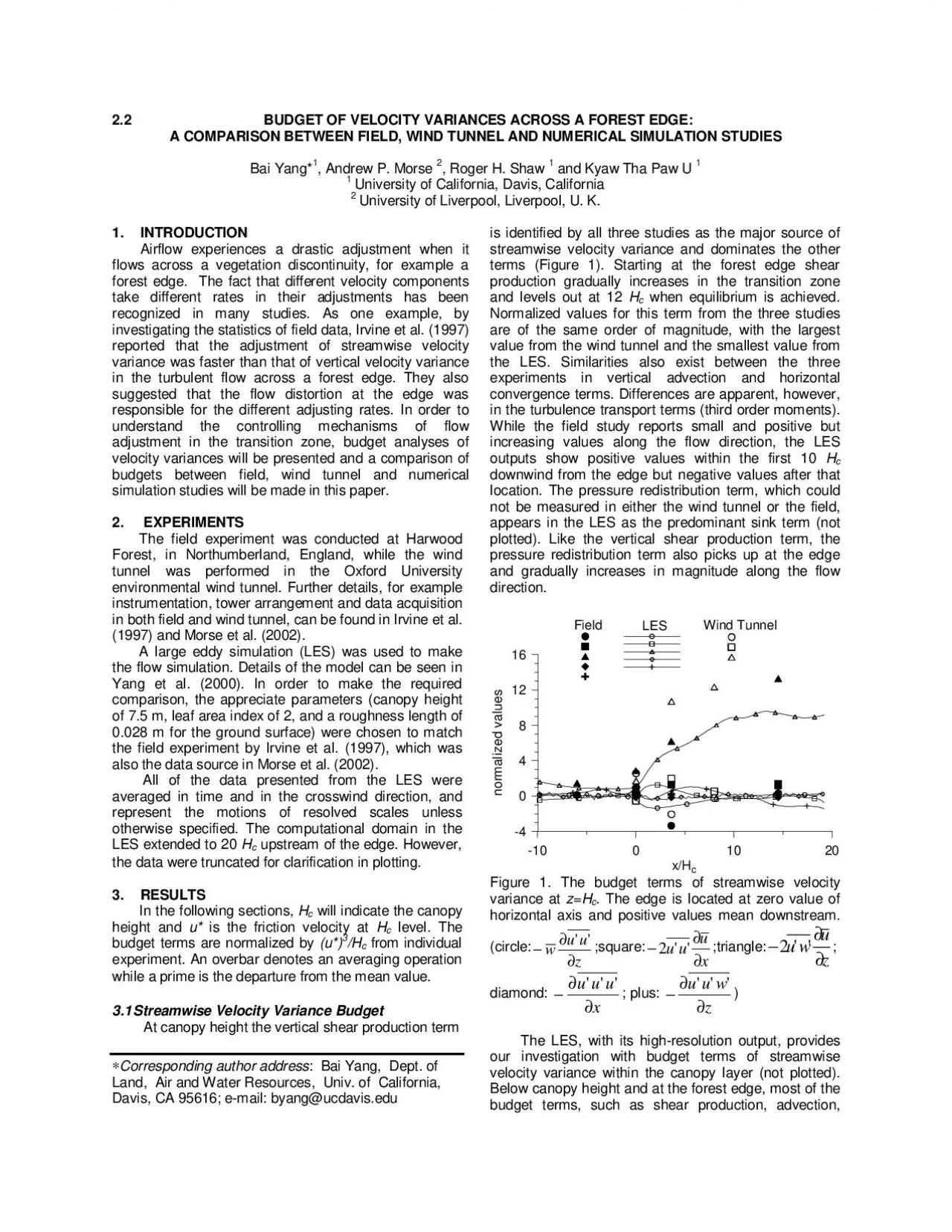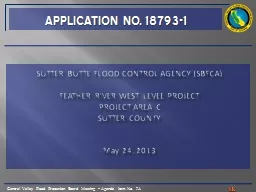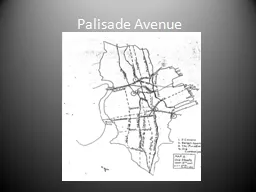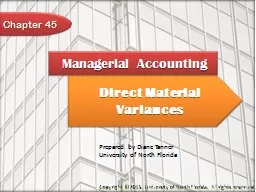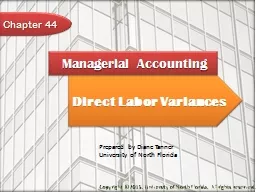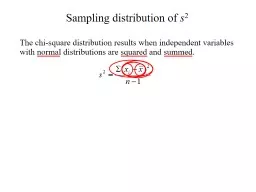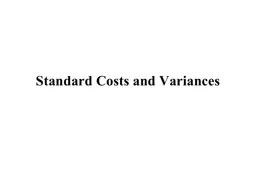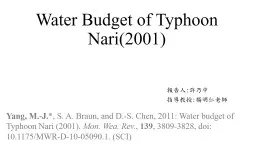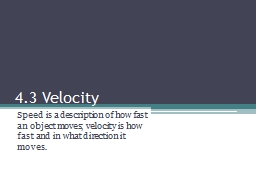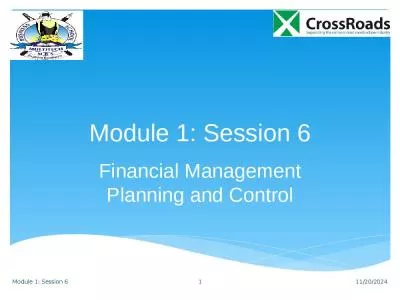PDF-22 BUDGET OF VELOCITY VARIANCES ACROS
Author : emmy | Published Date : 2021-09-14
pressure transport and canopy dissipation increase rapidly and form a single pulse shape because of the discontinuity of the surface layer After the pulses dissipate
Presentation Embed Code
Download Presentation
Download Presentation The PPT/PDF document "22 BUDG..." is the property of its rightful owner. Permission is granted to download and print the materials on this website for personal, non-commercial use only, and to display it on your personal computer provided you do not modify the materials and that you retain all copyright notices contained in the materials. By downloading content from our website, you accept the terms of this agreement.
22 BUDGET OF VELOCITY VARIANCES ACROS: Transcript
Download Rules Of Document
"22 BUDGET OF VELOCITY VARIANCES ACROS"The content belongs to its owner. You may download and print it for personal use, without modification, and keep all copyright notices. By downloading, you agree to these terms.
Related Documents

